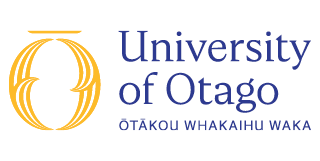Overview
The structure, chemistry and properties of minerals. Describing and identifying minerals and rocks in hand specimen and the optical microscope. Using observations of minerals and rocks to understand Earth processes.
This paper introduces the physical and chemical principles that control the crystallisation of minerals. A practical and theoretical background to mineral optics, essential to identifying minerals, is provided using petrographic microscopes. Mineralogical knowledge is then applied to the classification of igneous, metamorphic and sedimentary rocks. This is a compulsory course for all students intending to major in Geology at Otago, and is also a prerequisite to several of the optional 200-300 level papers.
About this paper
| Paper title | Minerals and Rocks |
|---|---|
| Subject | Geology |
| EFTS | 0.15 |
| Points | 18 points |
| Teaching period | Semester 1 (On campus) |
| Domestic Tuition Fees ( NZD ) | $1,173.30 |
| International Tuition Fees | Tuition Fees for international students are elsewhere on this website. |
- Prerequisite
- GEOL 112
- Pre or Corequisite
- EAOS 111
- Schedule C
- Science
- Eligibility
- Background requirements: A basic knowledge of high-school level chemistry will be helpful.
- Contact
- geology@otago.ac.nz
- Teaching staff
Co-ordinator: Dr Marco Brenna
Professor David Prior- Paper Structure
Practical sessions will focus on one of the main rock-forming minerals each week of the semester combining theoretical background and practical activities.
- Teaching Arrangements
Two x 2 hour practicals per week.
- Textbooks
Klein, C. & Philpotts A.R., 2017 Earth Materials. Cambridge University Press.
Nesse, W. 2012. Introduction to Optical Mineralogy. Oxford University Press.
- Graduate Attributes Emphasised
- Interdisciplinary perspective, Critical thinking, Research, Self-motivation.
View more information about Otago's graduate attributes. - Learning Outcomes
Students who successfully complete this paper will have:
- Ability to identify a variety of common minerals and rocks in hand specimen
- Basic understanding of crystallography and its relationship to optical mineralogy
- Use of transmitted polarised light microscope to identify minerals and rocks in hand specimen
- Basic understanding of mineral- and rock-forming processes
